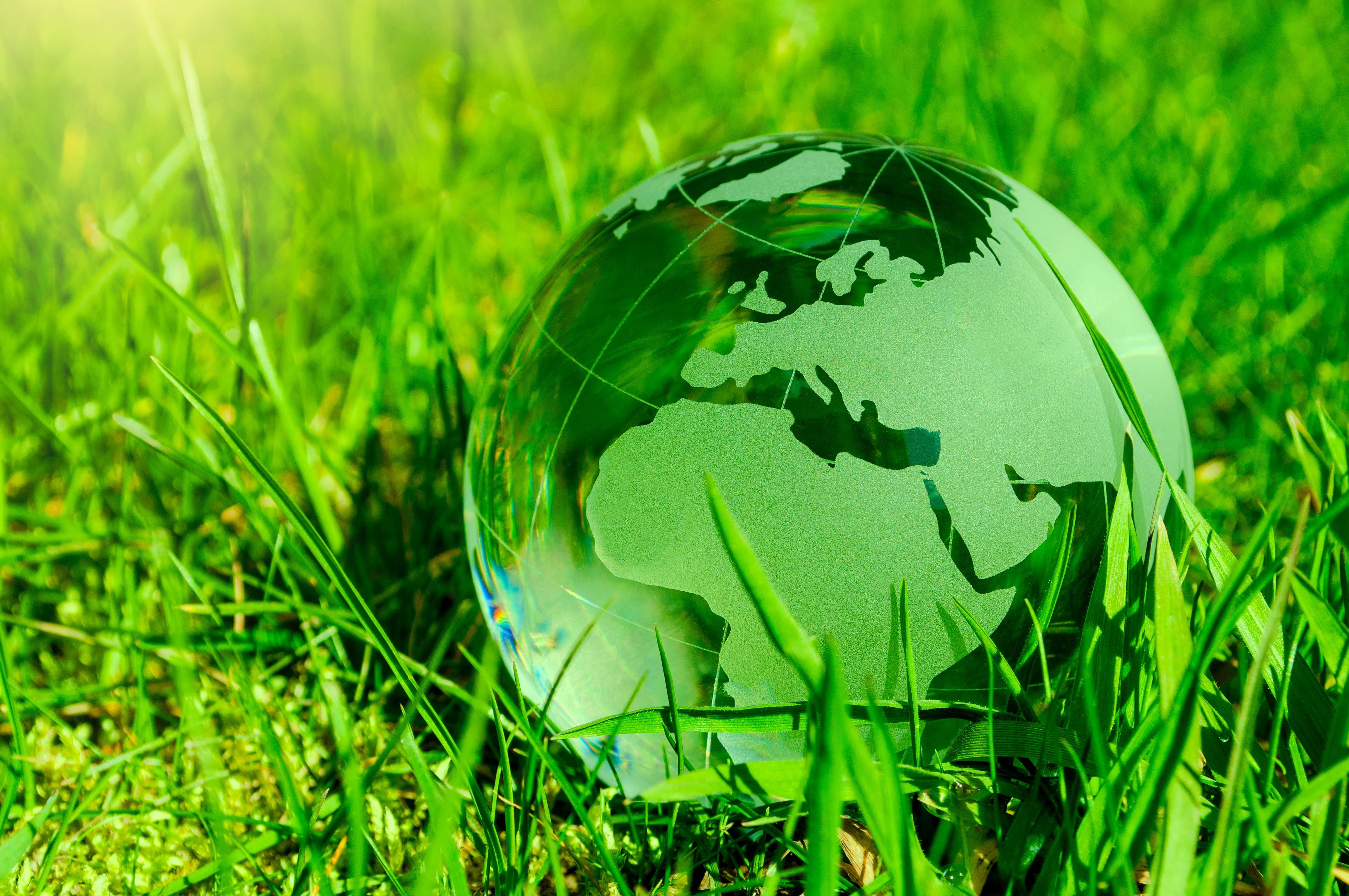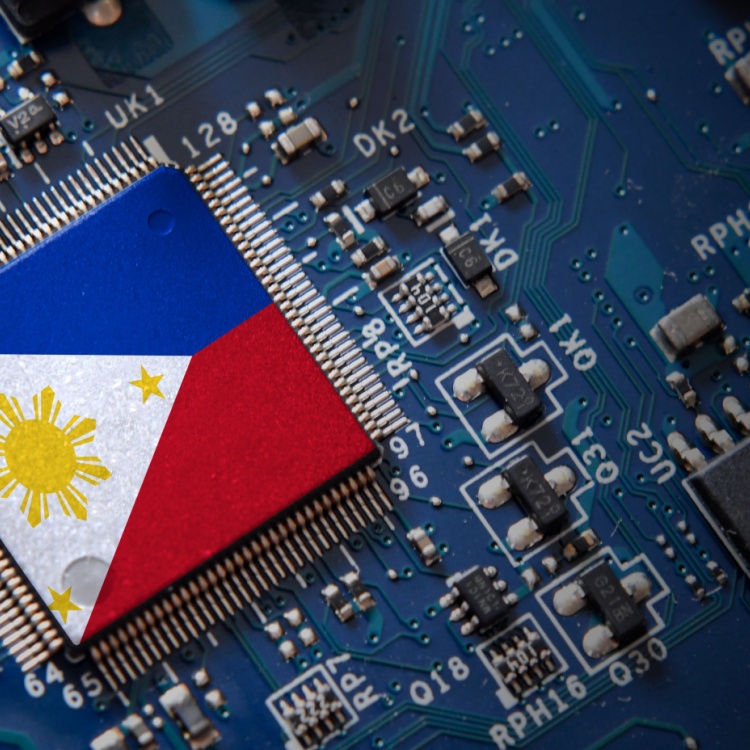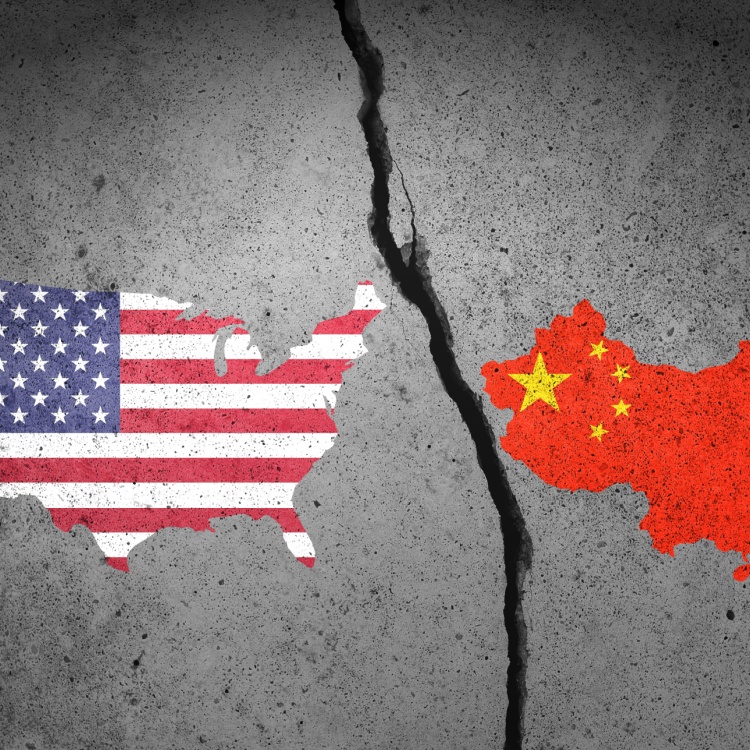Climate Technology: Time for a Cool Change

The human race is responsible for climate change--and only we can stop it. What technologies can we harness to curb environmental destruction and ease the impact of climate change?
The scale of human-induced climate change is unprecedented and many of these changes caused by greenhouse gas emissions are “irreversible for centuries to millennia.”
It is a sobering assessment of climate change from the latest report by the Intergovernmental Panel on Climate Change (IPCC).
“Today’s IPCC Working Group 1 report is a code red for humanity,” UN Secretary-General António Guterres said in a press release last month. “The alarm bells are deafening, and the evidence is irrefutable: greenhouse‑gas emissions from fossil-fuel burning and deforestation are choking our planet and putting billions of people at immediate risk.”
From heatwaves and floods to melting Arctic ice and rising sea levels, people around the world are suffering from extreme weather and climate events. But people are also responsible for human-induced climate change that is wreaking havoc on Mother Earth.
In what is undoubtedly the biggest challenge the human race has ever faced, how can technology help fight climate change?
What is climate technology?
Climate tech is defined as technologies and innovations that are focused on reducing greenhouse gas (GHG) emissions or addressing the impacts of global warming. These technologies are being applied in a wide range of industries to decarbonize the global economy.
In its first-ever report on climate tech, PwC has identified seven categories of climate technology.

Let’s take a look at several innovations in climate technology by sector.
Energy
At 76%, the energy sector produces the most GHG emissions globally. Each year, heat and electricity generation accounts for one-third of global GHG emissions. Finding reliable and affordable net-zero sources of energy is crucial to curbing the effects of climate change. Thanks to lower costs, renewables such as wind and solar energy are steadily becoming mainstream.
However, long-duration energy storage (LDES) is vital to enhancing grid security. These storage systems, which can “discharge for 10 hours or more at their rated power,” can accelerate the integration of renewable energy and greatly reduce GHG emissions.
One example of LDES tech is Energy Vault, which is inspired by pumped hydro plants that utilize gravity and the movement of water to generate power. But instead of water, the technology uses low-cost, eco-friendly composite blocks. Last year, the company was chosen as one of the World Economic Forum’s Technology Pioneers of 2020.
(Also read: Long-Duration Energy Storage: New Tech that Could Lead the Way to a Carbon-Free World)
Mobility and transport
The transportation sector is one of the fastest-growing sources of GHG emissions. It has increased by 71% since 1990 and accounts for around 25% of global GHG emissions.
Despite a difficult 2020 for the automotive industry as a whole, the electric vehicle (EV) market showed promise. A record three million new electric vehicles were registered in 2020--a 41% increase from the previous year.
Micromobility is also gaining steam on city streets, providing urban dwellers with an affordable and environmentally-friendly option to public transport. Banking on the rise in demand for EVs and the rapid emergence of shared e-mobility, tech companies from Asia to North America are providing users with EV battery swapping stations.
(Also read: Electric Vehicle Battery Swapping: Boom or Bust?)
Food, agriculture, and land use
The global population is expected to increase to over 10 billion by 2050, requiring an estimated 50% increase in agricultural production.
Farms are the lifeblood of the human race, but they are also part of an industry that consumes enormous amounts of energy and water. Agriculture, forestry, and land-use change produce around 25% of greenhouse gas emissions.
As the world battles climate change and overpopulation, applying the Internet of Things (IoT) to the agricultural sector can help increase food security while lowering the industry’s impact on global warming. Known as smart agriculture, IoT applications in livestock and farming can lower costs and increase yields through connectivity and actionable data insights.
Several tech companies are exploring plant- and lab-based alternative foods. Founded in 2011, Impossible Foods is a U.S. startup that researches animal products at the molecular level and develops plant-based substitutes. In 2016, it launched its signature product, the Impossible Burger.
Instead of relying on conventional agriculture, Finnish food-tech startup Solar Foods is producing nutrient-rich protein using only air and electricity. Solar Foods uses direct-air capture, natural fermentation, and renewable energy to produce a nutrient-rich powder called Solein. As a protein source, Solein produces about 1% of GHG emissions from meat protein and around 20% of plant protein production.
Built environment
Carbon emissions from buildings and construction make up almost 40% of global carbon emissions. And with experts predicting the addition of 230 billion square meters of global building stock by 2060, more efficient and sustainable buildings are crucial.
Smart buildings can help reduce environmental impact, lower energy use and costs, and improve equipment maintenance--all while keeping building users productive, safe, and engaged.
(Also read: Smart Buildings Around the World)
Industry
Global industrialization has enabled economic growth, improved the standard of living, and made goods and services more affordable. But, it has made Mother Earth pay a steep price: heavy industry accounts for nearly 40% of global CO₂ emissions.
Direct emissions from heavy industry comprise between one-fifth and a quarter of global GHG emissions. Innovations in materials and processes are crucial to reaching global climate goals.
The fashion industry produces 10% of the world’s carbon emissions and almost 20% of wastewater. Founded in 2009 by a bioengineer, a biophysicist, and a biochemist, Bolt Threads aims to develop better, more sustainable materials. The company has developed Microsilk, a vegan silk made from water, yeast, sugar, and salt; and Mylo, a vegan leather made from mushrooms. Mylo is now being used by fashion companies such as Lululemon, Adidas, and Stella McCartney.
GHG capture and storage
Carbon capture utilization and storage (CCUS) is the process of capturing the carbon dioxide produced by industrial processes and power generation and transporting it for storage deep underground or used for industrial purposes.
 Watch this video to learn more about carbon capture technology.
Watch this video to learn more about carbon capture technology.
Climate and earth data generation
With their bird’s eye view of our planet, satellites generate a wealth of data on the Earth’s oceans, land, and atmosphere. This information is crucial to scientists and researchers in the fight against climate change.
Founded in 2010 by ex-NASA scientists, Planet has democratized the satellite industry. It operates more than 200 satellites, collecting over 350 million square kilometers of imagery daily. Their satellites provide data and insights on urban growth, climate monitoring, disaster response, and agriculture.
Technology for change
Humans are warming the planet, humans are suffering from a warming planet--and only humans can save the planet.
Governments, businesses, and individuals must all come together to address challenges, develop sustainable solutions, and enforce policies to mitigate global climate change--now.
Our one planet depends on it.
As one of the Top 21 EMS companies in the world, IMI has over 40 years of experience in providing electronics manufacturing and technology solutions.
We are ready to support your business on a global scale.
Our proven technical expertise, worldwide reach, and vast experience in high-growth and emerging markets make us the ideal global manufacturing solutions partner.
Let's work together to build our future today.
Other Blog









